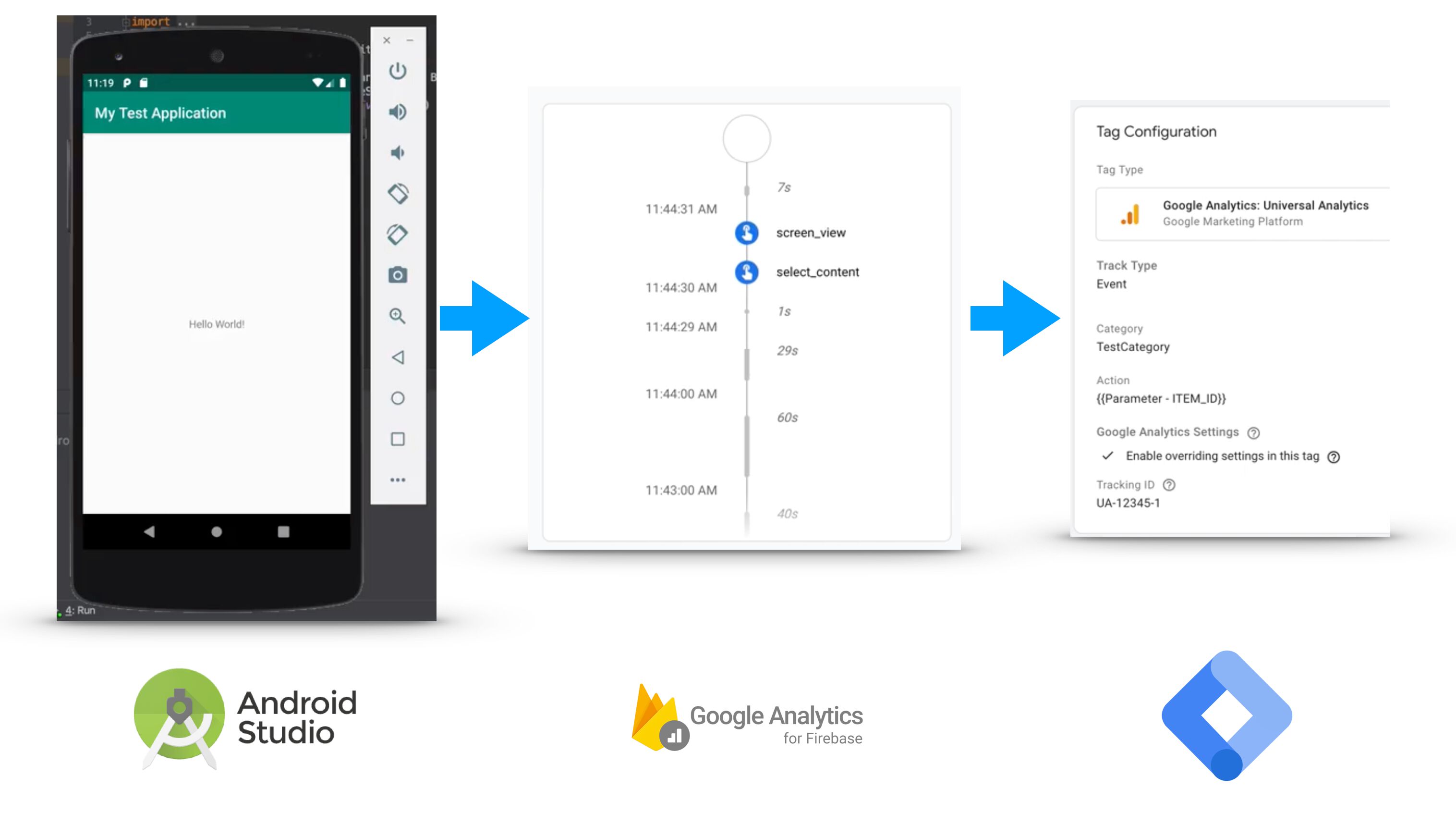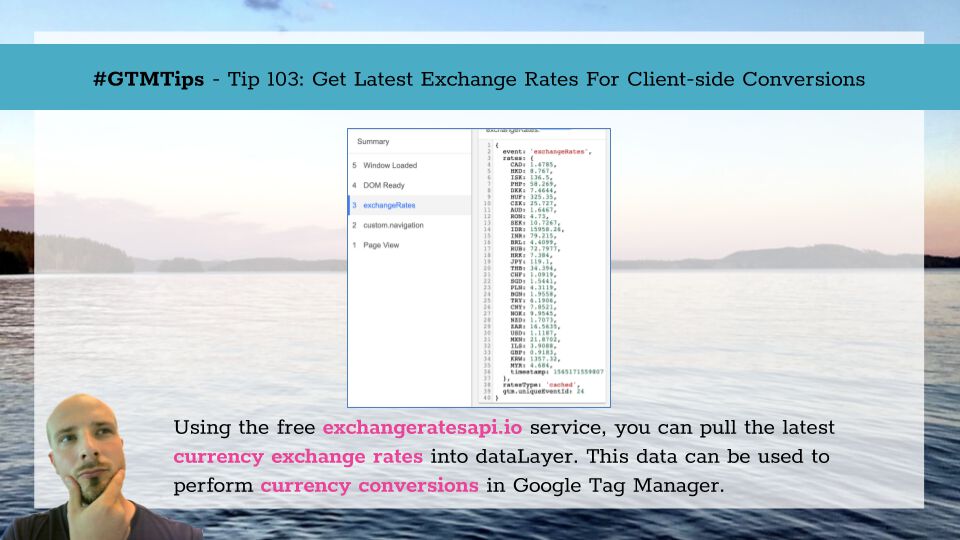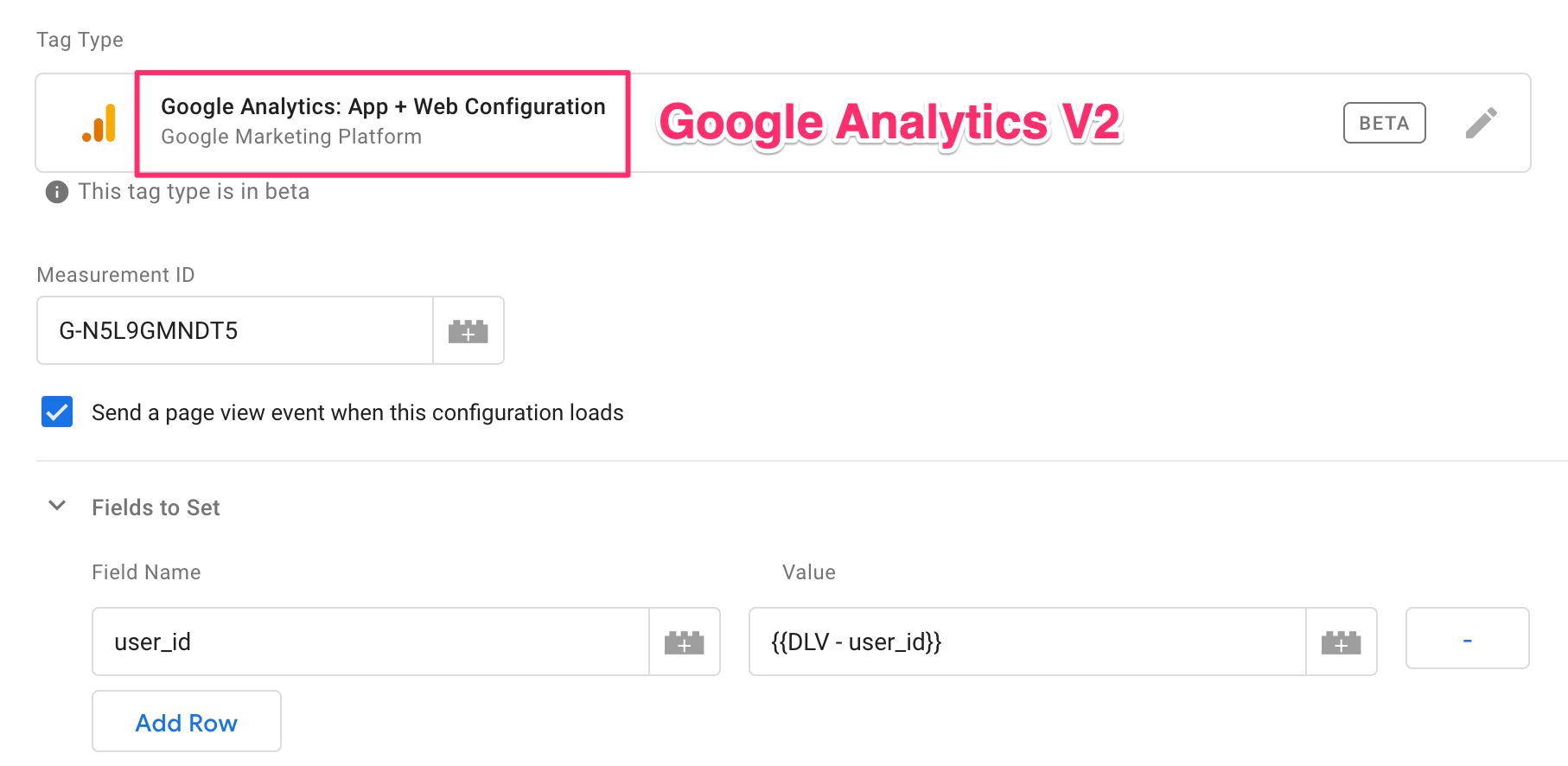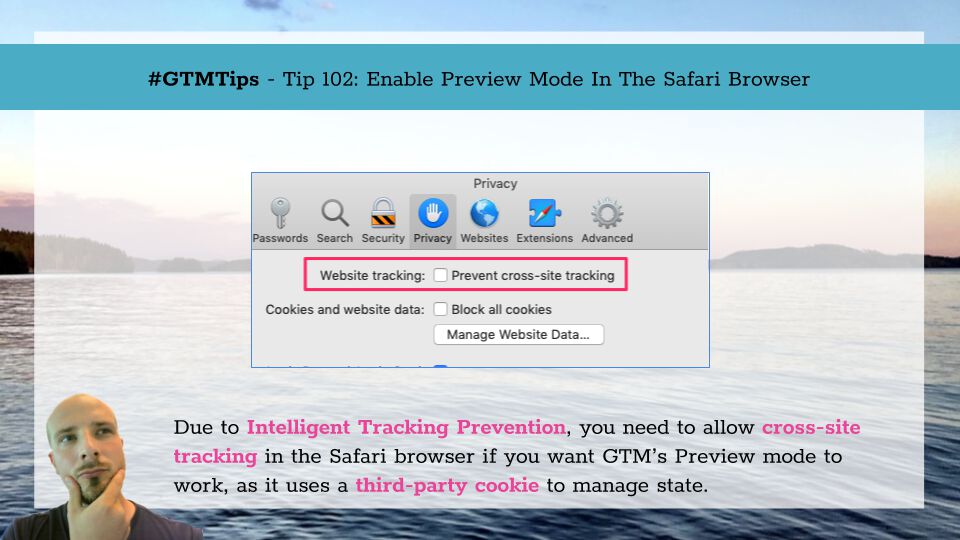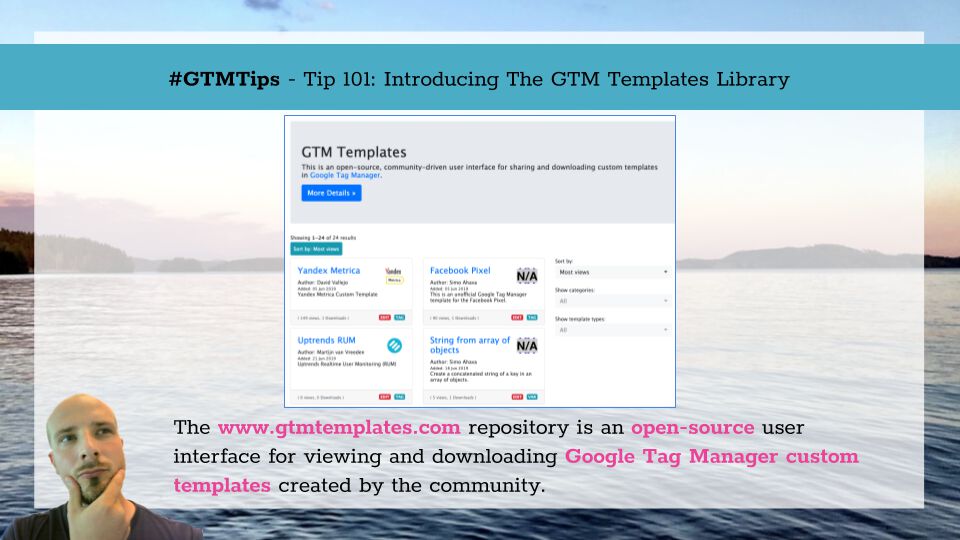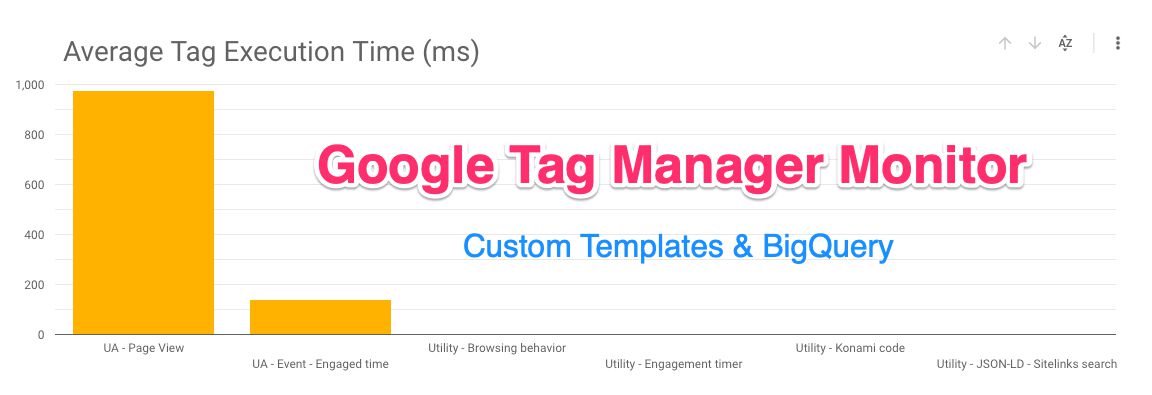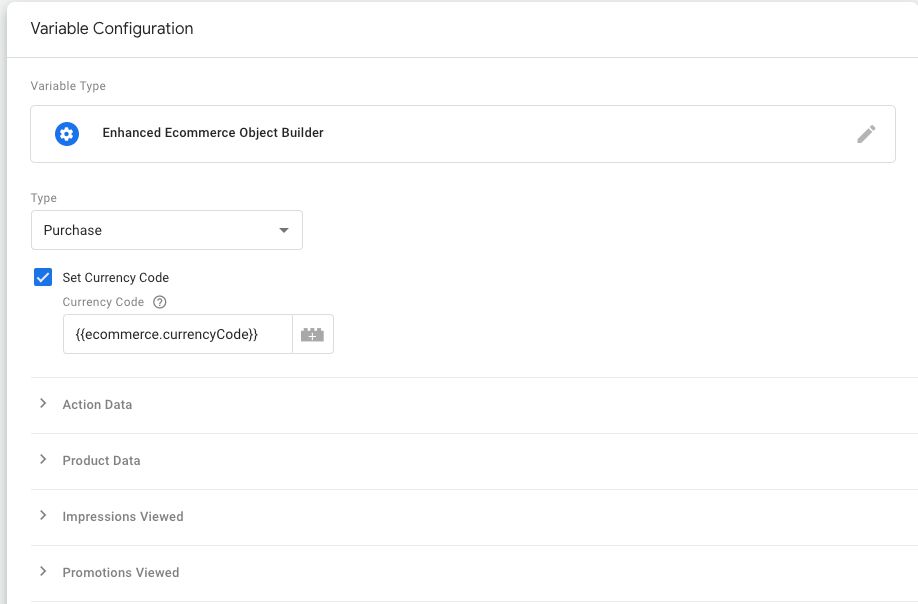With the release of Google Analytics: App + Web, Firebase is suddenly all the rage. The new App + Web property can combine data from your website and mobile apps, as long as the latter uses Google Analytics for Firebase, formerly known as Firebase Analytics.
In this guide, I’ll walk you through the steps of creating an extremely simple Android application, and we’ll then create a Firebase project, and for good measure add Google Tag Manager to the mix.
